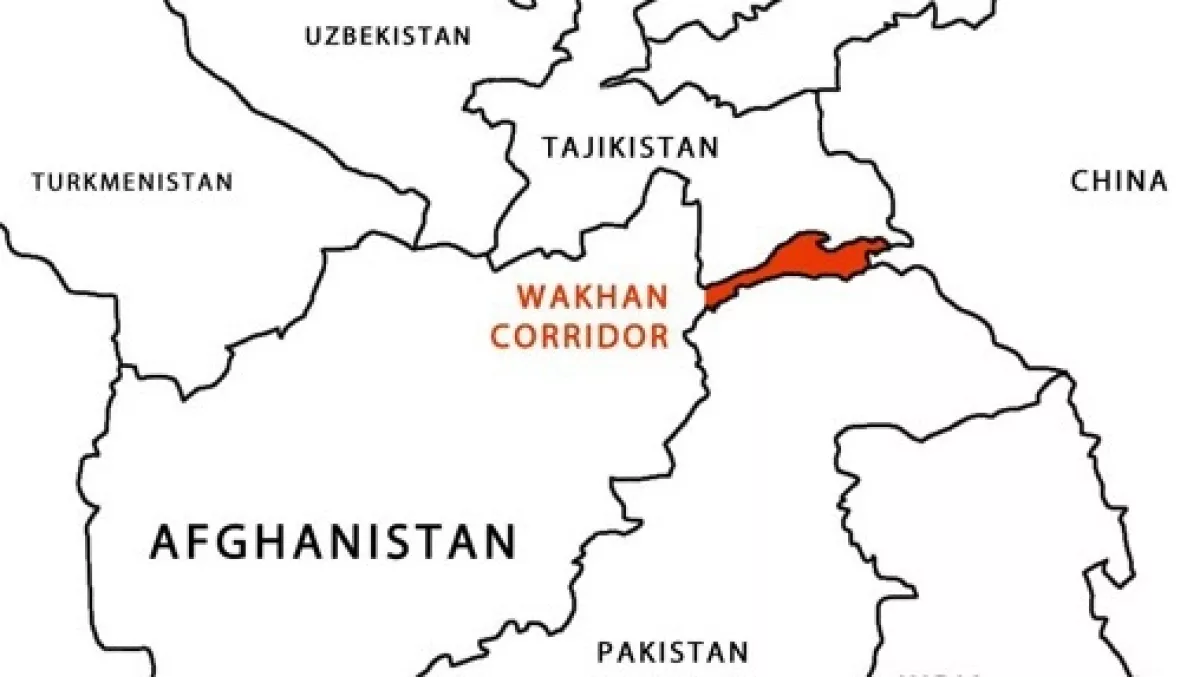Is China exposing itself to economic, security risks by deepening investments in Afghanistan?
Chinese Foreign Minister Wang Yi arrived in Kabul on August 21 as part of a regional tour that also covered India and Pakistan. The visit marked the first official trip between the two neighbouring states in three years. More significant, however, was the agenda: a trilateral meeting with Afghanistan and Pakistan to address Chinese security concerns regarding a narrow strip of land linking China and Afghanistan, known as the Wakhan Corridor.
Although Beijing has continued investing in Afghanistan since the Taliban’s 2021 takeover, it has acted cautiously as initial projects failed to deliver expected returns. Geopolitical Monitor analyzed the growing cooperation as both nations advance a plan to build a road through the Wakhan Corridor, creating a direct route between China and Afghanistan.
The corridor stretches 350 km, with a width ranging from 10 to 50 kilometres at some points, connecting China’s Xinjiang region with Afghanistan’s Badakhshan province, flanked by Tajikistan to the west and Pakistan's Gilgit-Baltistan and Khyber Pakhtunkhwa to the east.

The article cites Al Emarah English, the Taliban’s official outlet, which reported that the road will be built in two phases: the first, a 50 kilometres segment from Bazai Gonbad in Little Pamir to the Chinese border, is 60% complete as of March 2025. The second stage spans 71 kilometres and is slated for completion by year’s end. Experts argue this route could open Chinese access to European markets while giving landlocked Afghanistan a new trade corridor.
Threat of non-state actors
Past Chinese ventures—such as the Mes Aynak copper mine and the Amu Darya oil fields—have seen little progress, according to the Stimson Center. While the returns on those investments signalled limited appeal for investors, Beijing has largely stayed cautious and avoided accelerating projects in Afghanistan because of security risks posed by non-state actors.
Security threats from groups like the East Turkistan Islamic Movement (ETIM) and Islamic State Khorasan Province (ISKP, sometimes referred to as ISIS-K) remain Beijing’s primary concern.
ETIM, a Uyghur separatist group seeking Xinjiang’s independence, has waged violent attacks since the early 2000s. China’s crackdown pushed ETIM fighters into Afghanistan, where they allied with Al Qaeda and received Taliban protection. Although the Taliban has relocated ETIM operatives under Chinese pressure, ETIM is believed to be expanding within Afghanistan, with its ranks now numbering as high as 750. It's strength in Syria ranges somewhere between 2.000-3.000 fighters which would significantly bolster the Afghani branch could they decide to migrate.
ETIM fighters previously deployed to Syria under leader Abdul Haq Turkestani to join Al Nusrah Front, the predecessor of Hayat Tahrir al-Sham (HTS). Ahmed al-Sharaa (then-referred to as Abu Mohammad al-Jolani), who was the group's leader before going on to become the new interim President of Syria has reportedly absorbed some of the senior ETIM commanders into the Syrian army, with several Uyghur fighters having been integrated into the newly created 84th Division of the Syrian army.
ISKP, which has pledged further attacks against Chinese interests, released a statement in July 2025 calling Chinese “infidels” and accusing the Taliban of “getting too close” to Beijing. ISKP seeks to recruit Uyghurs and disillusioned ETIM fighters. It has also targeted Tajik and Uzbek nationals, carrying out at least nine attacks since 2017, including one in Kabul’s Shahr-e-New district in December 2022 that injured five Chinese nationals. ISKP’s Afghan presence is estimated at 2,000 fighters, including Sunni Pashtuns, Uyghurs, Tajiks, and Uzbeks.
The article points to a third aspect that has the potential to pose significant risk to Chinese investments into Afghanistan, as it suggests that elements of groups such as ETIM, which are under the control of the Taliban, have clandestinely worked with ISKP and other smaller groups to mount attacks on Chinese interests.
"It is believed that some elements of ETIM appear to have participated in the December 2022 attacks on Chinese targets in Kabul, conducted by ISKP. Reports indicate that ETIM and ISKP worked together in tracking Chinese nationals in Afghanistan, despite being otherwise opposed to each other. It has also been observed that ETIM and ISKP jointly published posters in the Uyghur language in Afghanistan. This cooperation is not restricted to Afghanistan. ETIM and the Pakistan-based Jaish-al-Adl are believed to have jointly planned and executed attacks on Chinese interests in Pakistan as well," it reports.
In January 2025, ISKP killed a Chinese national near the Tajik border—possibly the first such fatality in Afghanistan. In July 2025, four more Chinese were killed in Badakhshan, though responsibility remains unclear.
Considering these dynamics, the report argues that Chinese fears are materializing: balancing economic ambitions with escalating security threats leaves Beijing in a precarious position. Proposals for joint patrols aim to mitigate risks, but increased militarization could fuel new power rivalries, making Afghanistan a flashpoint reminiscent of the Cold War.
By Nazrin Sadigova








